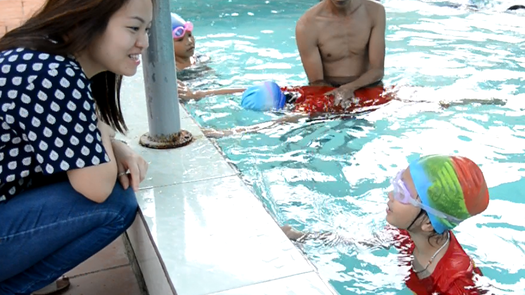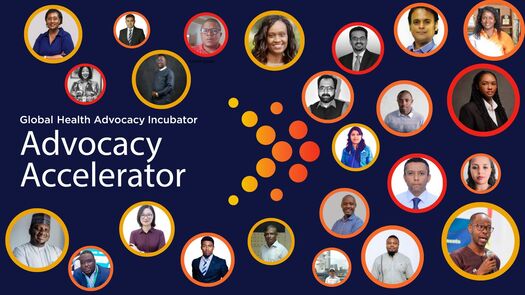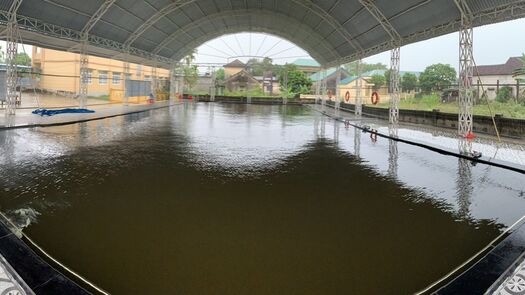November 3, 2025
 What is one of the projects you are working on, and why is it important?
What is one of the projects you are working on, and why is it important?
Every year, about 360,000 people around the world lose their lives by drowning. More than 90% of these deaths occur in low- and middle-income countries. In Vietnam, drowning is a silent epidemic that claims more than 2,000 children’s lives annually, making drowning the country’s leading cause of death in children under 15. The rate of child drowning in Vietnam is 10 times higher than that of high-income countries.
This is why a child drowning prevention program was launched in June 2018 by Vietnam’s Ministry of Labor, Invalids and Social Affairs (MOLISA); Bloomberg Philanthropies; the World Health Organization (WHO); and the Global Health Advocacy Incubator (GHAI).
What is your role in the project?
As GHAI’s representative in Vietnam, I work closely with the government and social civil organizations to provide grants for community-based interventions targeting 29 districts in 8 of the provinces with the highest drowning burden. For the pilot phase, 2018-2019, we will reach 103 poor communes. These locations are representative of Vietnam’s geographic regions and selected for strong political will and local commitment. We plan to scale up to additional provinces in 2020. I also work with the media to share drowning prevention information with the public.
What does the project do?
This project is designed as a world-class, evidence-based survival swimming program to help children in Vietnam avoid drowning. The interventions include survival swimming lessons for children aged 6-15 in the project provinces (using both portable pools and existing pools), training for swim instructors, and making the comprehensive training material package (including printed materials and educational films) available widely at the national and local levels. We also provide education and information for children and their families on water safety skills and child drowning prevention, and we are conducting a child drowning prevention communication campaign through mass media and social media.
What is the biggest success you’ve experienced during your time with GHAI?
The biggest success has been the mutual trust we’ve built with policymakers and the strong political will they’ve demonstrated to adopt and tailor international best practices on child drowning prevention interventions to the Vietnamese context at both the national and local levels. All the other activities have come from that.
My advocacy work has been successful thanks to the importance I give to respecting the voices of local communities and their specific situations during program design, planning, implementation and management. Based on that fundamental working principle, I have established a deep and large working network with the relevant government agencies and other key stakeholders.
The credibility we’ve built has helped to raise public visibility for the project, at events such as the Government of Vietnam’s kickoff of the National Action Month for Children in May 2019 and through regular updates on MOLISA’s website. It has also helped to expand the program’s reach, such as the first-ever inclusion of child drowning prevention in the national programs for child care and protection.
The real impact is in the number of families we can reach and the lives we can save. By the of 2019, our program will have reached 8,600 with direct survival swim instruction and trained 550 swim instructors. For the first time ever, standardized, WHO-designed best practice survival swim standards will be applied at all the trainings. In addition, MOLISA and the Ministry of Education have approved a water safety skills curriculum for school settings. More than 16,000 children and their families have received education or information on water safety skills. Eight new portable swimming pools have been established for training, with the additional use of 30 temporary and existing pools made available for the program with local buy-in.
What is your long-term vision for the drowning prevention project?
Once the pilot phase is completed and has been evaluated, we plan to scale up and sustain the drowning prevention project. This will require investment, and eventually ownership, by the government. That ownership will be necessary to ensure budgets, human resources and infrastructure are all in place once the funding from Bloomberg Philanthropies ends. Our goal is to reach at least 50,000 children with survival swim lessons over the five-year project, covering 20% of the national drowning.
Related News
View All NewsSeptember 10, 2025
Meet the Future of Domestic Budget Allocation for Health: The new Advocacy Accelerator Cohort
September 10, 2025



